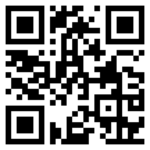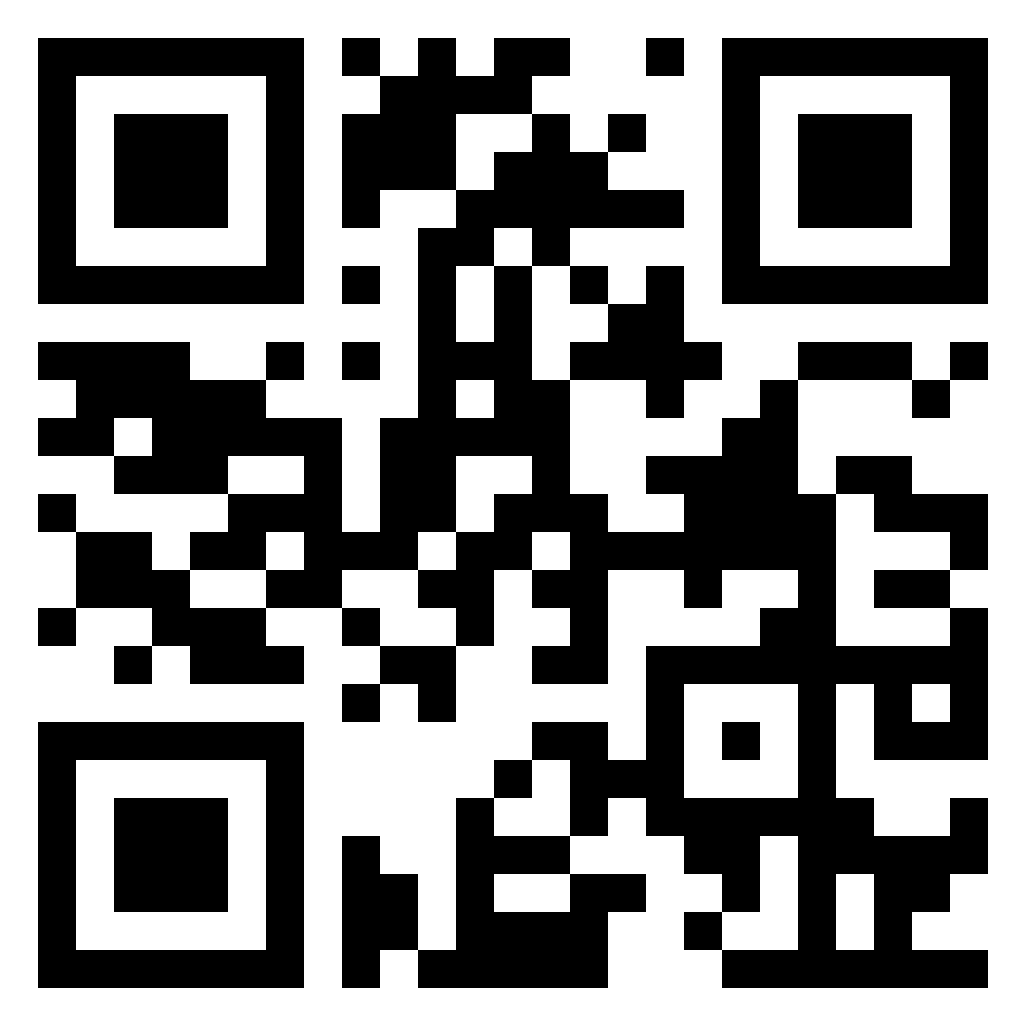QR Codes, short for Quick Response Codes, are two-dimensional barcodes that have gained immense popularity in recent years. They are widely used for various purposes, including marketing, advertising, and information sharing. In this article, we will explore what QR Codes are and how they work with accuracy.
A QR Code is a matrix barcode that consists of black squares arranged on a white background. It can store a large amount of data, including text, URLs, contact information, and more. To scan a QR Code, you need a smartphone or a QR Code reader app.
The accuracy of QR Codes lies in their error correction capability. QR Codes use Reed-Solomon error correction, which allows them to withstand damage or distortion. Even if a portion of the QR Code is damaged or obscured, the error correction feature enables the scanner to still decode the information accurately.
When you scan a QR Code, the app or device analyzes the pattern of squares and converts it into meaningful data. It then performs error correction to ensure accurate decoding. The data is then processed based on its type. For example, if it contains a URL, the app may open the website directly. If it contains contact information, the app may prompt you to save it in your phonebook.

QR Codes can be generated and customized using various online tools and software. Businesses often use them to provide easy access to their websites, promotions, or product details. They can also be used for event registration, ticketing, and loyalty programs.
In conclusion, QR Codes are versatile and accurate tools for data storage and sharing. Their error correction capability ensures that even in less than ideal scanning conditions, the information can be decoded with accuracy. With their widespread usage and convenience, QR Codes have become an integral part of modern communication and marketing strategies.

Comments are closed.